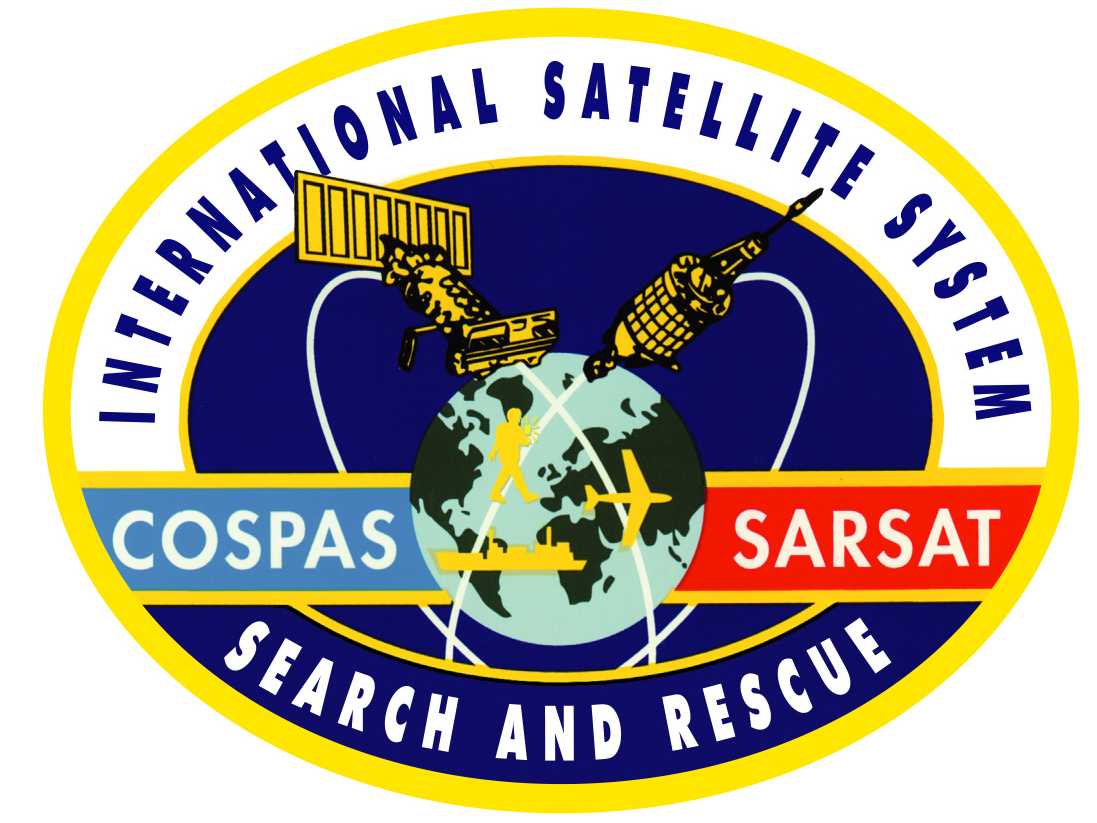Properly Dispose of Old Beacons To Prevent False Alerts
Discarded radio beacon triggers false alarm... [read more]
FCC Enforcement Advisory (DA 13-239, 20 Feb 2013)
The Proper Use of Registration of Emergency Locator Beacons...[read more]
A Survivor's Story
A testimonial from Rudy Snel on surviving the sinking of Sean Seamour II, thanks to an EPIRB [play audio]

Beacon Types
There are three types of beacons used to transmit distress signals:
EPIRB: Emergency Position Indicating Radio Beacon for maritime use
ELT: Emergency Locator Transmitter for aviation use
PLB: Personal Locator Beacon for land-based applications
AUDIO
- Standard 121.5 MHz homing signal audio; click here.
- Second Generation PLB 121.5 MHz homing signal; click here.

Cospas-Sarsat type approval is conducted with manufacturer installed battery packs in a beacon. Therefore, the US SARSAT program recommends that beacon owners always use manufacturer approved battery packs which have been tested as a part of the original Cospas-Sarsat beacon approval and known to meet operational requirements. Beacon owners should consult their beacon manufacturer or one of their approved service centers to obtain proper battery replacements. Certain aftermarket replacement battery packs that are not approved by the beacon manufacturer have been shown to be of inferior quality and may pose a safety risk and/or the failure of the beacon to function properly in a distress situation.

International Cospas-Sarsat Program Website

-
International Cospas-Sarsat Program Agreement
In fostering international cooperation for search and rescue, the purpose of this Agreement is to: (a) assure the long term operation of the System; (b) provide distress alert and location data from the System to the international community in support of SAR operations; (c) support, by providing these distress alert and location data, the objectives of the IMO and the ICAO, concerning search and rescue; and (d) define the means by which the Parties shall coordinate the management of the System and cooperate with other national authorities and relevant international organizations in the operation and coordination of the System. Signed July 1, 1988
-
Interagency Memorandum of Agreement for the U.S. Satellite-Aided Search and Rescue System
This memorandum of agreement (sometimes referred to as the 'SARSAT MOA') went into effect on 25Feb2010, after being signed by the U.S. interagency SARSAT partners--NOAA, USAF, NASA, and USCG. This MOA provides a legal and policy framework and Party commitments to continue supporting the existing operational SARSAT and international Cospas-Sarsat programs, and to develop a Medium-altitude Earth Orbiting SAR (MEOSAR) system called the Distress Alerting Satellite System (DASS).
This MOA supersedes the following two agreements:
MOU among the National Oceanic and Atmospheric Administration, U.S Coast Guard, U.S. Air Force, and the National Aeronautics and Space Administration regarding U.S. Responsibilities for the Cospas-Sarsat System, 1998 as revised and amended; and the
MOA Regarding the Development and Demonstration of the Global Positioning System-Based Distress Alerting Satellite System, 2003.
